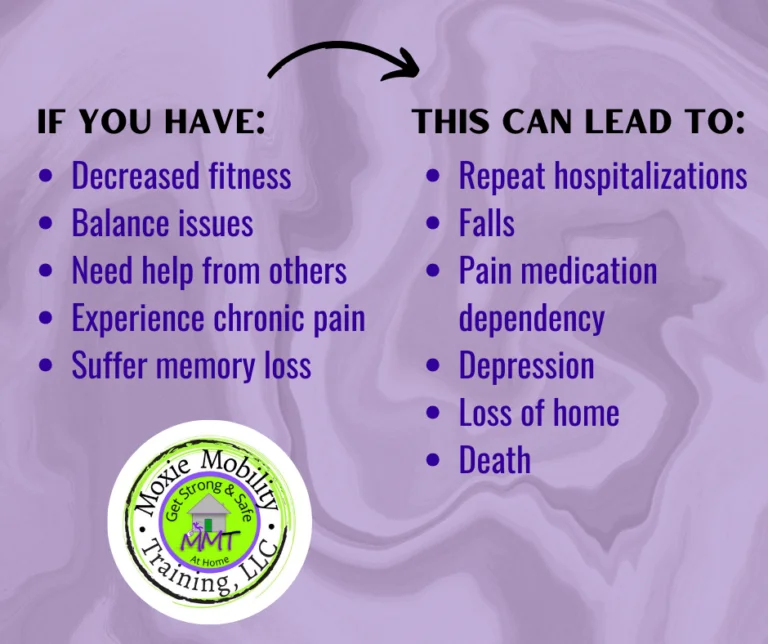By Kathy Clark, Moxie Mobility Training, LLC
As the golden years unfold, maintaining independence and a high quality of life becomes paramount for older adults. We all know that a financial plan is important after retirement, but we rarely consider a health plan. One of the key factors contributing to our well-being is mobility. The ability to move freely, both within the confines of one’s home and in the broader community, has a profound impact on an individual’s capacity to age in place—remaining in their own home as they grow older.
Mobility is not merely about physical movement; it is a gateway to autonomy, mental health, and social engagement. For older adults, the significance of preserving and enhancing mobility cannot be overstated.
- Physical Well-being: Maintaining mobility directly influences physical health. Regular movement helps prevent or alleviate chronic conditions such as arthritis and osteoporosis. It also plays a vital role in maintaining a healthy weight, improving cardiovascular health, and enhancing muscle strength and flexibility. Simple activities like walking, stretching, or low-impact exercises contribute significantly to overall well-being.
- Independence: Mobility is the linchpin of independence. The ability to navigate one’s home without assistance fosters a sense of self-reliance. It enables older adults to perform everyday tasks, from preparing meals to managing personal hygiene, with confidence. Independence in mobility translates to independence in daily living, allowing individuals to maintain a semblance of control over their lives.
- Mental Health: Beyond its physical benefits, mobility is closely linked to brain and mental health. Engaging in regular physical activity releases endorphins, the body’s natural mood enhancers. This not only helps alleviate symptoms of anxiety and depression but also contributes to cognitive function. Maintaining mental acuity through activities that challenge the mind is crucial for older adults to stay sharp and retain cognitive abilities.
- Social Connection: An often overlooked aspect of mobility is its role in fostering social connections. The ability to move about freely facilitates participation in community events, gatherings with friends, and family outings. Social interactions are vital for mental and emotional well-being, providing a support system that can help combat feelings of isolation and loneliness.
Aging in place, or the ability to live in one’s own home as one ages, is a goal cherished by many older adults. Mobility is a key determinant in achieving this goal. An environment that is conducive to movement—free of obstacles and with appropriate support structures—allows individuals to age gracefully within the familiar comfort of their homes.
To support mobility in older adults and facilitate aging in place, home modifications and adapting the home environment is essential. This may include installing handrails, grab bars, ramps or stair lifts, removing tripping hazards, and ensuring that spaces are easily navigable. These modifications not only enhance safety but also promote a sense of security, encouraging older adults to move freely within their homes and to access the community.
In conclusion, the importance of mobility in older adults cannot be overstated. The key is to address any mobility issues early on. As discussed above, mobility is a cornerstone for physical health, independence, mental well-being, and social connection. As communities and individuals work toward creating age-friendly environments along with many companies answering the call to offer resources to assist our seniors, prioritizing mobility will not only improve the lives of older adults but will also empower them to age in place with dignity and grace.
Stay Safe and Strong,
Kathy

